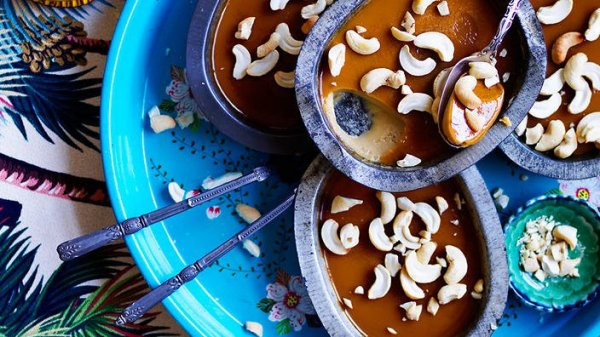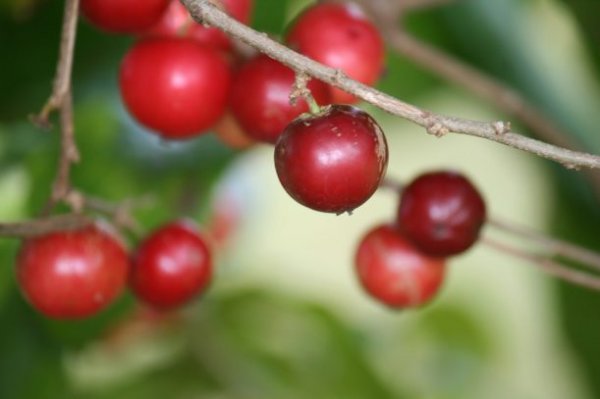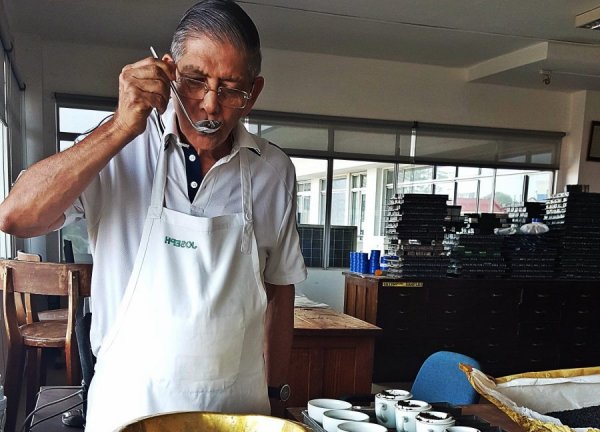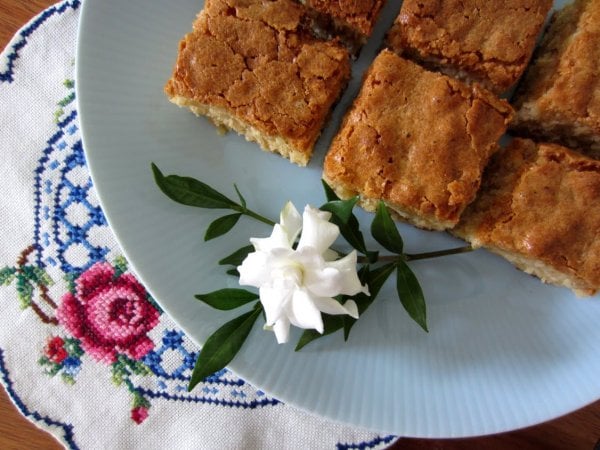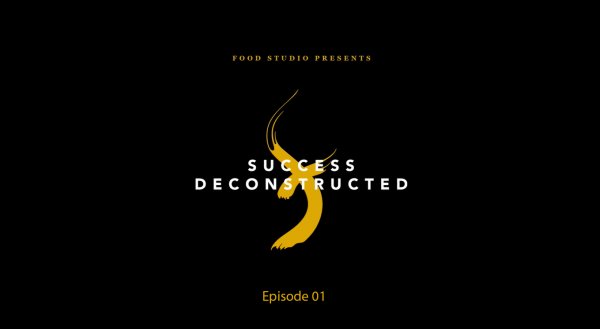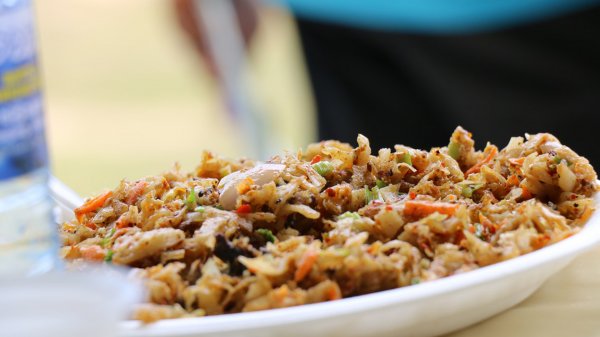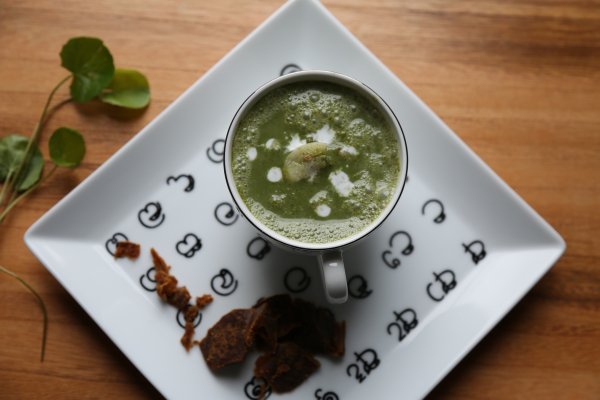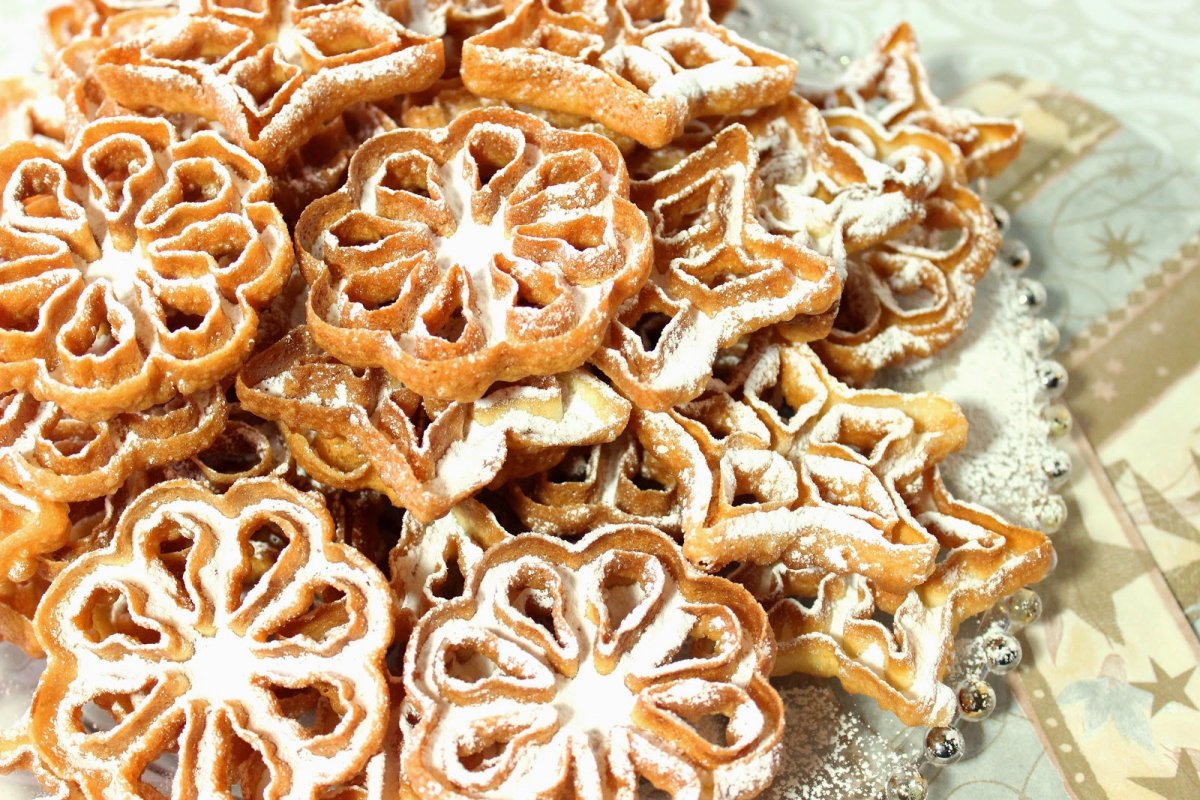
History is a painful playground – although practically minute in the eyes of the world, Sri Lanka, too, has seen and suffered more than its fair share of conquests and colonisations. The resulting hangover has, however, left the island with a curious admixture of cultures; a sort of crosspatch heritage where we borrowed the best of certain cultures and made it indelibly our own. The best example of this is seen in our cuisine where we have localised certain foods to such a degree that many would find it surprising to learn that they originated on distant shores. Here’s a list of food irrevocably Sri Lankan that find its origins elsewhere, proving that while we like to borrow a little from here and there, we also like to add, deduct, embellish and make it our own.
Kokis

Avurudu would be incomplete without an assortment of kokis, but did you know that kokis is originally Dutch? The word kokis comes from the Dutch word for cookies “coekje,” which we gradually adopted to our wide range of sweetmeats. Google search ‘Swedish Rosette’ and jaws will drop at just how identical the Swedish Rosette is to the kokis.
Lamprais
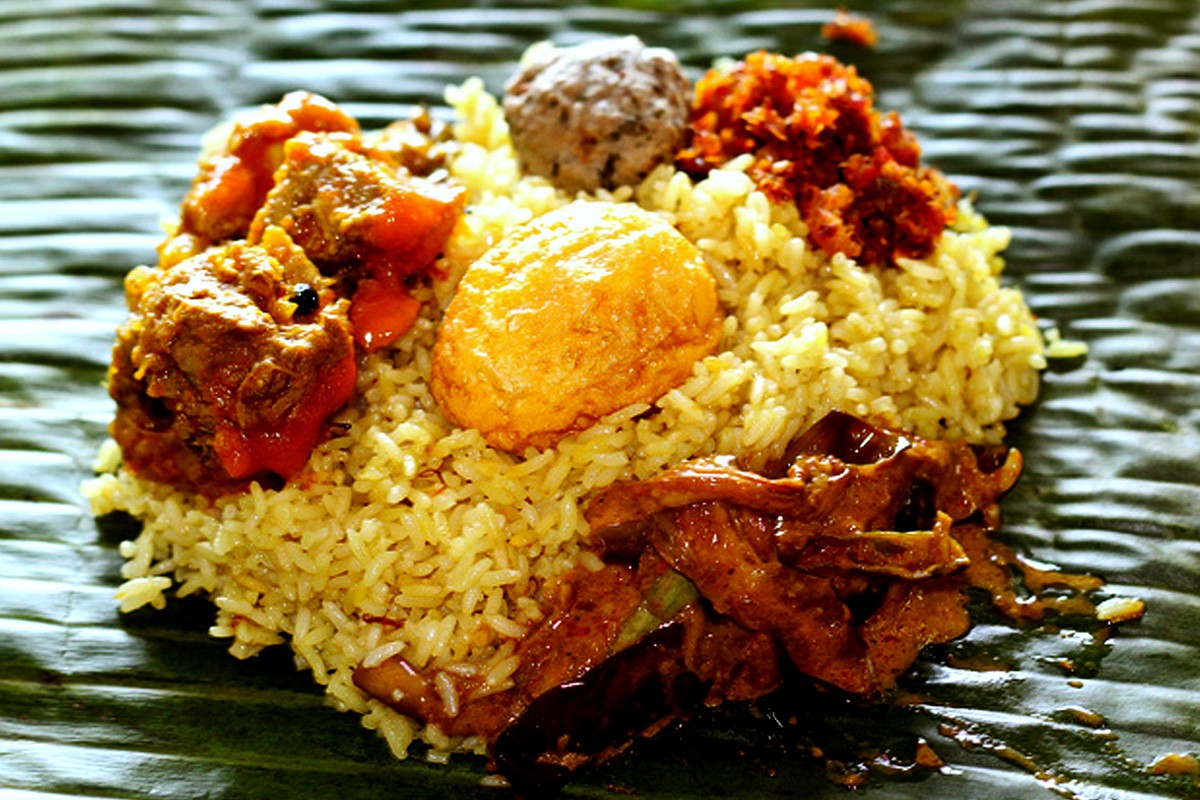
However horrific colonisation might have been, we did inherit a few good things along the way: like lamprais, for instance. Cooked in meat stock, with some meat curry, vambatu moju, seeni sambol, and meatballs to accompany the banana leaf wrapping, this local favourite found its way to the island through the Dutch. Although not Dutch per se, due to its rich South Asian flavours, it is possible that they brought it along with their conquests of other South Asian countries like Java and Indonesia, introducing their own twist to it by adding local flavour and spices and passing it on to the Dutch Burghers of Sri Lanka. Hallelujah!
Love Cake

The Portuguese called it Bolo D’Amor but it’s widely known by its Anglicised name of Love Cake. But of course, we don’t just borrow – we embellish and improve, and so to European ingredients we threw in a bit of local flavour with cashews, rosewater and cardamom. But why “love cake”? Turns out, it’s local legend that if you feed love cake to the boy you want your daughter to marry, their stomachs just might make the decision for them. So next time some generous aunty ladles you with some Love Cake, you might want to question her intentions a bit.
Aappa, Pittu and String Hoppers

This time, we borrow from a little closer to home, from Kerala, South India, to be more precise. Our Indian counterparts call it “appam” and “puttu” and while you might find some strange combinations like mutton appam in Kerala, we Sri Lankans have improved the race of appa, too, with the likes of bittara aappa, kiri aappa and peni aappa. Our aappas and string hoppers, however, are much smaller than the Indian ones, with, of course, a heady dose of katta or seeni sambol. As a result, three string hoppers or two aappas are considered to be a filling meal, while over here we’d do an Oliver and simply ask for more.
Watalappan
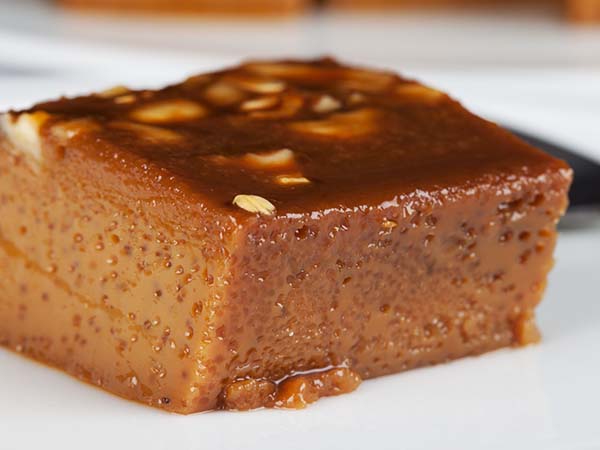
No Muslim festivity is complete without a chorus of people calling out for Watalappan, and this love for Watalappan is rampant not only among the local Muslim community but all islanders in general. This death-inducing sweet, however, comes from the Malay community, brought in by the Dutch rulers who did away with all the dissident parties that threatened the interests of the Dutch East India Company, by bringing them to Sri Lanka from 1708 onwards. History is a bitch, but in this instance, we have a lot to thank for.
Even though technically not a type of food, despite its popular consumption, we thought we’d just throw in that baila, too, has interesting foreign roots. Uncles with beer bellies dancing to baila is quite a common sight. It would be blasphemy to call it our national music, but let’s just say it is; unofficially, of course. Baila, however, comes from quite diverse origins and has been around in our island for centuries. It came with the Portuguese, who brought in ‘African Kaffirs’ as slaves and soldiers to fight against the Sinhalese Kings, but that didn’t stop the Sri Lankan uncles from yonder ages doing the jig to their upbeat music. Now no drunken uncle party is complete without a round of baila and awkward dance moves where the belly takes more prominence than dexterity. We’ll just leave you there with that picture to complete your contemplations on our accharu culture and the accidental blessings of history.

